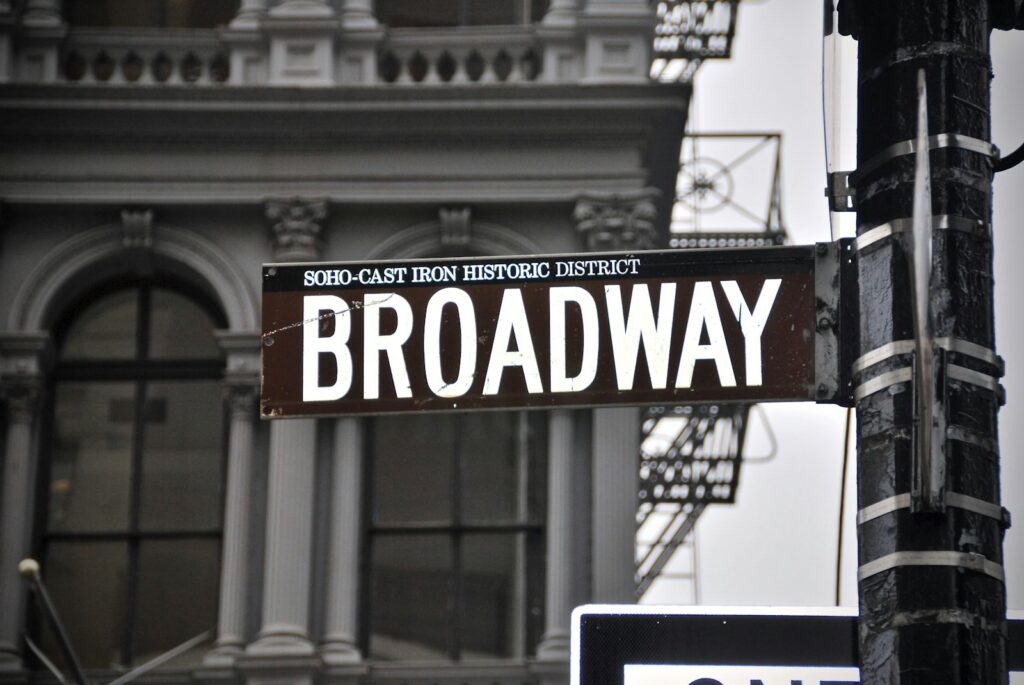In a recent analysis, the average cost of a fast-food meal in major metropolitan areas throughout the United States has reached $11.56, highlighting a significant increase in dining expenses for consumers.
The study conducted by LendingTree examined various cities across the nation, revealing that the cost of a quick meal has risen markedly, reflecting broader economic trends such as inflation and supply chain challenges.
Particularly, urban centers like New York City and Los Angeles stand out for their higher meal prices, where quick-service restaurants charge customers more compared to smaller towns and rural areas. This disparity in prices can be attributed to factors including higher operational costs, real estate prices, and the demand for convenience in bustling environments.
As families and individuals increasingly seek affordable dining options, the rising cost of fast food may influence their choices, prompting a search for alternative meal solutions or budget-friendly eateries. Consumers are advised to consider local dining options and meal preparation at home as potential strategies to mitigate expenses.
The ongoing evolution of food pricing is expected to continue influencing not only consumer behavior but also the fast-food industry, prompting restaurants to adapt their pricing strategies in order to remain competitive in a challenging economic landscape.



